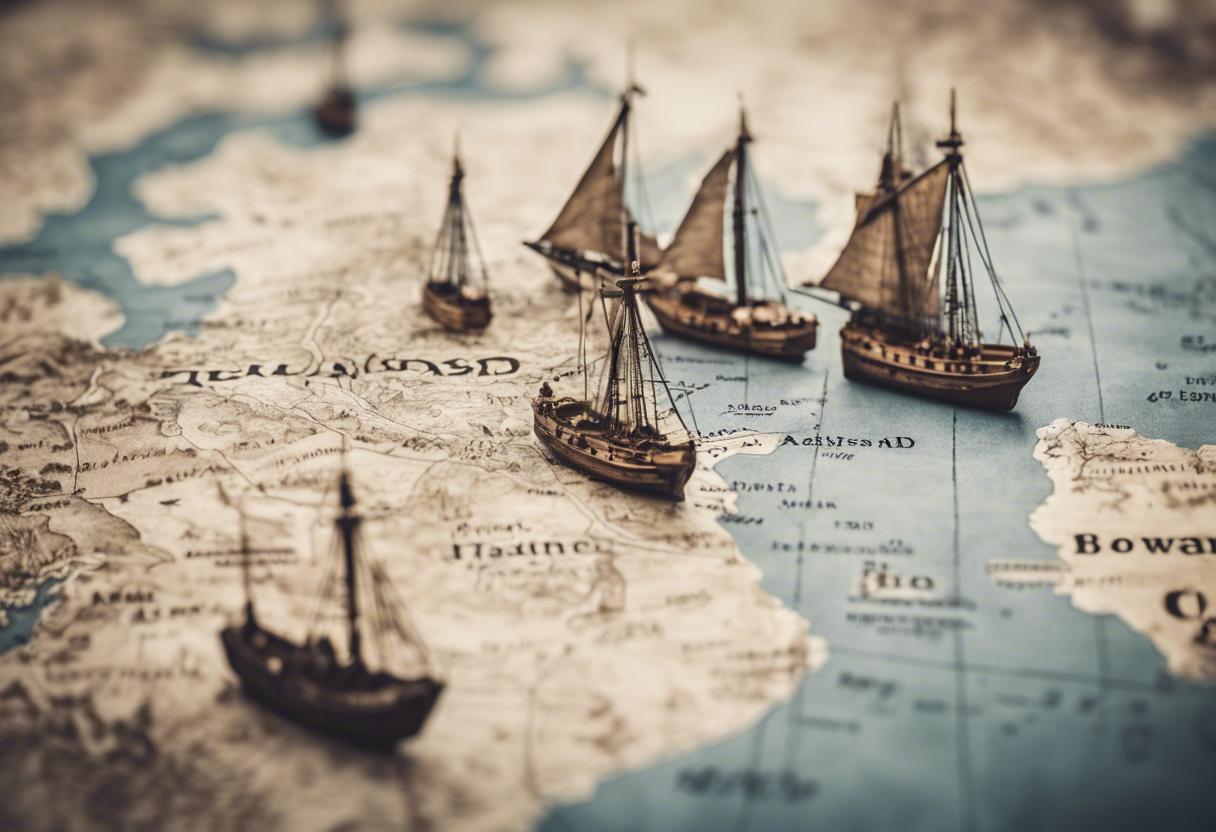This fifth publication by Michael Barry illuminates the renowned Spanish Armada, with a unique focus on certain keenly ill-fated segments of the journey along Ireland’s coastline. The rationale behind his decision lends itself to the fact that majority of the Armada’s casualties occurred due to shipwrecks off the northern and western peripheries of Ireland. Moreover, Barry fervently refutes the conventional belief that the Armada suffered an absolute defeat, maintaining that in reality, over two-thirds of it lived to partake in future battles.
The historical backdrop of declining Anglo-Spanish dynamics is presented lucidly, highlighting England’s support of the Spanish Netherlands’ rebellion, the English-driven looting of Spanish treasure fleets and, notably, Elizabeth I’s excommunication and resultant decree issued by Pope Sixtus V to Philip II of Spain to annihilate English indiscretions. Consequently, Spain began the process of assembling and preparing a sizeable fleet, set to depart at May 1588’s closing.
The voyage faced tumultuous storms from its very onset, yet it managed to reach and navigate through England’s southern coast all the way to Calais, maintaining a tight formation under the duress of repeated English naval onslaughts. Paradoxically, the Armada planned to accompany the Duke of Parma’s invasion flotilla, filled with troops, which was unfortunately not prepared. Though English incendiary vessels separated the fleet, ensuing in the Battle of Gravelines, only a single Spanish ship was sunk.
A turn of wind resulted in the fleet deciding to skirt around Scotland’s north and southwards off the Irish coast before retreating to Spain. But terrible storms, particularly along the Atlantic coast of Ireland, led to multitudinous shipwrecks. This was followed by the gruesome killing of approximately 1,500 survivors, chiefly conducted by English troops stationed in Ireland. The notable shattering of the Girona off the Antrim Coast caused a loss of 1,200 lives, and the annihilation of three “naos” on Streedagh Strand, Sligo, is particularly vividly recounted.
Barry’s narrative reveals the oft-overlooked tale of the ill-fated English Armada of 1589, which suffered a more severe loss in terms of manpower and vessels than the Spanish did. This period in anglophone history, often portrayed as a daring England (David) vanquishing the formidable Spanish enemy (Goliath), culminated during the Victorian zenith of the British Empire. This depiction has been accurately encapsulated and differently portrayed by recent Spanish publications, suggesting a more neutral viewpoint. Barry’s reasoned deduction is that it was a precarious situation for England.
Amidst the sources Barry brilliantly and explicitly narrates from some are Spanish and Irish. The outstanding illustrations further enhance his storytelling. Barry’s efforts in delivering a richly detailed account earns him much recognition. Brian Maye is a noteworthy historian and reviewer.

